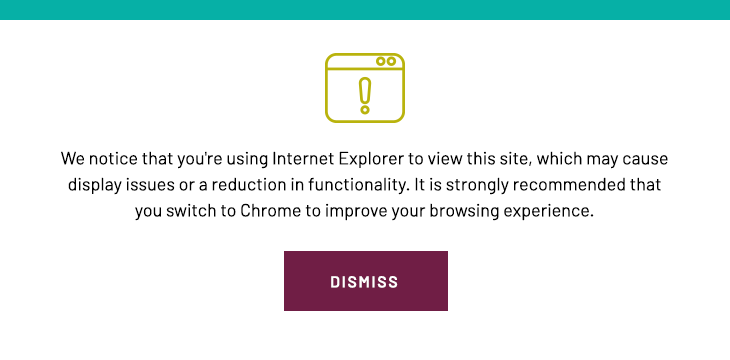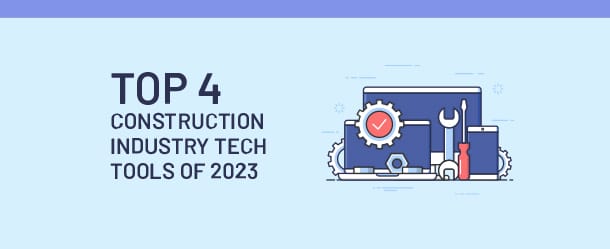



As 2023 draws to a close, it’s a fitting time to reflect on the technological tools that helped shape a successful year here at MBP and across the construction industry. Our team continues to focus on innovation to provide the best outcomes for our clients, and part of this is aligning our practices with the latest tools and methodologies to keep up with industry demands and client needs. Here is a look at the top four tech tools we found most useful this year.
Our implementation of reality capture technologies continues to provide invaluable insights into project progression and safety compliance. From PPE monitoring to real-time tracking of workforce presence, materials usage, and vehicular movements, reality capture has emerged as a cornerstone in our commitment to providing enhanced safety monitoring, progress tracking, and project visibility. Will Davies, one of MBP’s Engineers, is currently working on two job sites using reality capture and notes, “Reality capture is a fantastic technology for remote collaboration with our clients that should be utilized on all job sites. 360-degree photos provide our owners with a tool that allows them to explore and understand construction progress from anywhere. Daily captures can pinpoint progress over time and create some great side-by-sides!” The trajectory of reality capture technology indicates its enduring significance, promising continued value for stakeholders in project visualization and tracking.
Our clients have embraced the transformative impact of our dashboarding initiative and its ability to streamline project insights. Dashboards offer stakeholders a concise yet comprehensive snapshot of project performance, significantly reducing review time and expediting decision-making processes. The intuitive design brings our clients up to speed on relevant metrics and eliminates the need for lengthy textual descriptions. The real-time accessibility of project data, coupled with customizable components, gives our clients a tailored approach to their projects. One of our Project Managers, Antonio Pilato, CEM, PSP, EIT, EBCP, CM-Lean, shares his experience: “MBP has been utilizing dashboards to improve internal processes and client work products. Dashboards have helped save time when doing data analysis and reporting. It has also helped our clients better understand their projects effectively.”
In 2023, advancements in scanning technology have revolutionized point cloud scanning, making it more accessible and efficient. Improved cameras and software, including lidar scanners in devices like Apple’s iPhone Pros, enable the rapid generation of high-resolution, colored point clouds. This progress enhances the precision of Building Information Models (BIMs), allowing for meticulous mapping of existing structures. Recognizing the synergies, MBP has been integrating this scanning advancement with 4D scheduling. By linking project elements to schedules, 4D scheduling combines modern 3D or BIM with time, offering visual insights into construction timelines. It also allows users to generate animations illustrating the construction timeline. MBP has leveraged 4D scheduling to empower clients with visual insights into how specific scope elements impact project schedules and costs, facilitating informed adjustments and sequencing. I have been able to assist a multitude of clients by creating 4D schedules. Clients can see and comment on a project’s planned construction like never before. As a visual learner, I understand how powerful a moving sequence is versus a plain Gantt chart or PDF. From concept design to progress tracking, we are committed to the continued utilization of 4D scheduling to enhance project visualization and decision-making for our clients.
MBP’s Project Management Information Systems (PMIS) are pivotal in maintaining project efficacy by systematically logging and organizing project information, ensuring accessibility, and establishing cohesive methods for the flow and storage of project records. The PMIS excels in capturing and facilitating project workflows, offering a customized approach for each MBP project to meet client needs. This flexibility fosters open communication and collaboration, ensuring project records are meticulously organized for completion and turnover. To ensure the streamlined implementation of the PMIS, MBP has found ensuring the initial project setup, including data storage structure, workflows, and communication framework, is critical to ensuring project team buy-in and unlocking efficiencies. The implementation of low-code automation has proven successful in augmenting PMIS. Recognizing the challenges of traditional computer programming, low-code automation simplifies the process by allowing users to assemble prewritten snippets quickly and easily to automate basic tasks. This approach makes coding more effective and accessible for the average user, empowering them to build scripts, automate functions, and modify workflows visually with minimal training. The visual nature of low-code automation aligns seamlessly with MBP’s commitment to user-friendly technology, providing an enhanced and streamlined experience within our PMIS for efficient project management.
As we conclude 2023, it is evident that our strategic integration of these technologies will bring continued efficiency and innovation to our projects. We are thankful for our project teams and their commitment to embracing and furthering these advancements. As we look ahead to 2024, the promise of continued innovation and technological evolution is both exciting and motivating!
Comments